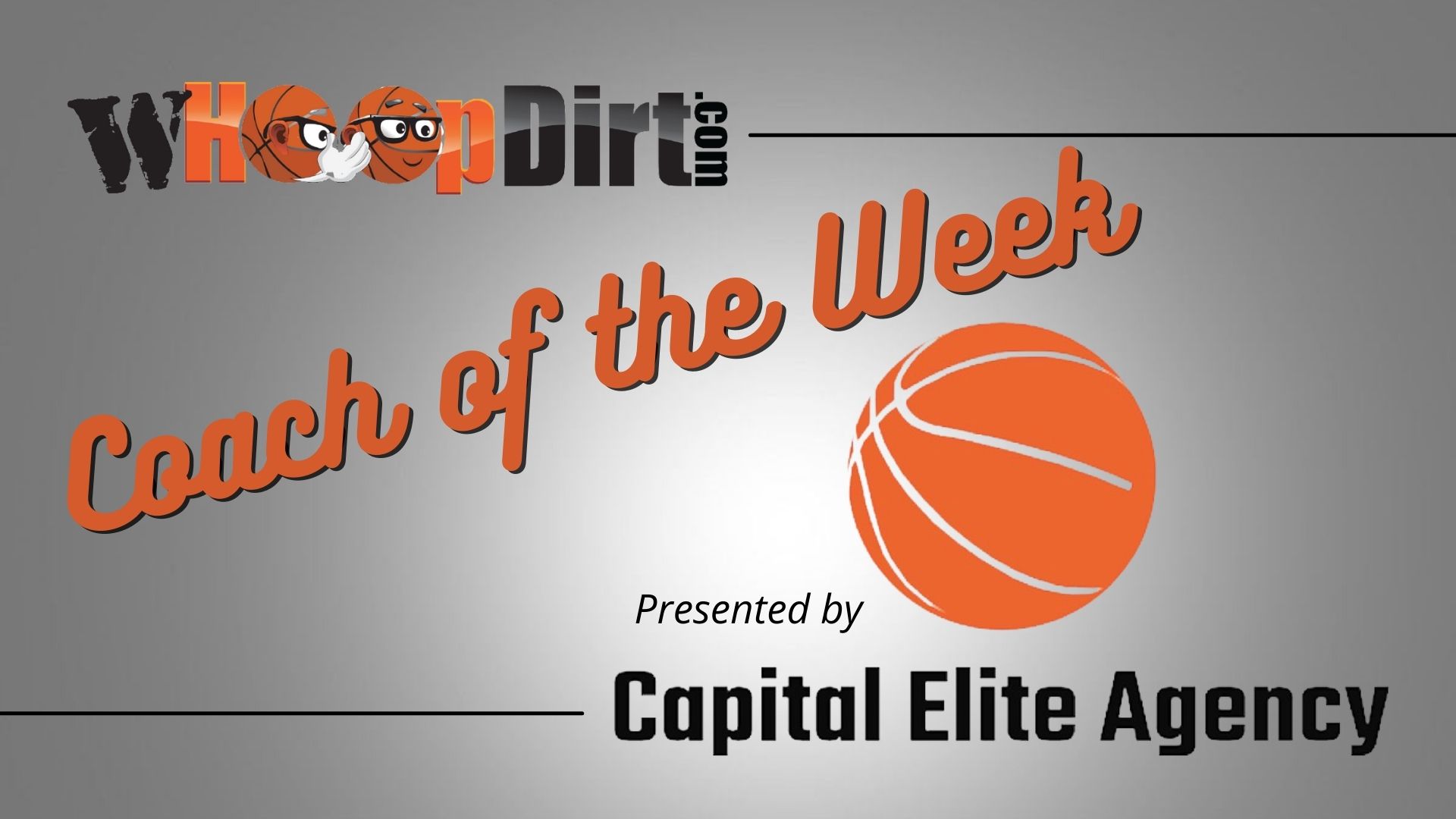Filtering: A Blueprint for Focused Development of Championship Level Culture
By: WHoopDirt.com guest contributor Patrick Henry
Basketball has been a blessing for me. In my twenty plus year career in men and women’s basketball, I have been fortunate to have worked for three coaches who were head coaches for professional franchises in either the WNBA or ABA and five head coaches who have been recognized as a National Coach of the Year at the collegiate level. Spending time with a diverse set of coaches has been an incredible learning experience that has added tremendous value to my own coaching. Because of experiences working with championship level coaches, two questions I am most frequently asked by administrators and coaches others in the profession are, “What were they like to work for and how did they build successful programs?”
The coaches I served with had differences in playing style, age and gender. There were similarities of high work ethic, caring about people and ability to recruit players. But the two common traits that stand out with the most successful head coaches I have worked with are them having an understanding of the importance of culture, a concrete vision of the type of culture they wanted, and approach to take to achieve it.
In an effort to share some of my experience, In a three part series, I have outlined some thoughts and a systematic approach that may help you organize your own ideas for creating and maintaining a successful and sustainable culture within your own program.
Part I: Filtering, Values and Standards
You’ve heard it before: “The Phrase.” The phrase that’s often from the keystroke of a media beat writer during the whispers of speculation of coaching staff’s job security during a season. It’s the phrase used by fans unsatisfied with the direction of a team’s fortunes in a given year. And yes, the same phrase that’s inevitably spoken in various press national conferences around announcing the hiring of a coach for its team: “A need to change the culture.”
But after the complimentary prose is spoken from a coach or athletic director from behind a podium during an introductory presser and the ‘change the culture’ phrase is uttered, the hard work begins. A head coach has to have their approach to attack to their first major issue, the tough question task of figuring out where to begin that culture change. To best understand the where a coach must begins a coach must first have a clear definition of what culture is.
In athletics, the culture of your program is the level of its ability to perform consistently both its basic characteristics that make up its identity and the tasks it is executing. Or in its simplest words:
C=WWA+WWD (Culture=WhoWeAre+WhatWeDo)
Using this equation as a definition not only provides simplicity, but it also allows us to drill down what makes the culture of each program regardless the program’s level or level of success unique.
For clarification sake, it should be noted there is a difference between a program and a team. Teams are season-to- season and year-to-year entities. By contrast a program is a long-term endeavor and is made up of teams over the years. Speaking on program culture is the overarching view of a program while discussing team is talk at a smaller scope. And while the main crux of this writing is on program culture, understanding both aspects are critical to be a successful coach. To paraphrase a saying, great coaches can see the forest AND the trees and that how they don’t get “lost in the woods” in a decision-making process related to their programs.
Filtering: A Four-Block Approach
There’s significant irony that as much as coaching is a publicly outcome focused profession, it leans heavily privately process oriented endeavors to be successful. Finding a well thought approach that may help guide in constructing culture for a program is ideal for this reason. Many first time head coaches or even long time successful coaches at one school attempt to copy exactly what they’ve done at another coaching situation and bring it to a new situation that they’re currently find themselves coaching. If a head coach is not careful, this direct copying can often leads to issues of conflict and incongruence. How many times have we seen a seemingly successful coach who built one program may not be successful at another power program? Or the General Manager of a sports franchise on the east coast may suddenly find their desired organizational business model struggling to take root, when utilizing the exact same model or approach after making the move to a southwestern organization.
Rather than Xeroxing doctrine or policies verbatim in an iron clad matter, it may be more helpful to look at building programs through a filter. A filter designed specifically so one can structure the framework for a program’s culture to grow organically and be the best fit for the situation a coach finds itself.
I’ve long felt an effective way to cultivate this organic framework is utilizing what I characterize as a Filtered- Approach. “Filtering” being the idea of examining culture through the view of four lenses, each serving as a framework’s foundational Building Blocks. The Building Blocks allow a leader to filtering information into concise and consistent ideas. Within the Building Blocks are Sub-Filters. Each Sub-Filter a series of Bullet Points and Assessment Questions to ask as a head coach of a program, serving as checkpoints to guide a leader in development of their program’s culture.
Culture Filter-Approach Block One: Establish Values
The rationale for beginning with values as the starting point for a developing culture derives from modeling biological systems logic. If one can accept the premise that all successful organisms are designed to maintain and sustain life, then it can be reasonable to accept that those successful organisms are geared and have adapted to acquiring or protecting what it needs to sustain that life. These life-sustaining needs (food, air, water, etc.) have a greatest priority of value than other non-life dependent needs. Things adapt to what they need to survive or die if they’re unsuccessful. Adapt or die.
Similarly to a living organism, program culture has life-sustaining priority needs that are required for its culture to function and exist. Subsequently to manage a program’s culture, leadership must first prioritize the needs of the greatest value that allow its organizational culture to function and thrive. Programs adapt to what they need to be successful or leadership gets reassigned and or fired. Again, adapt or metaphorically die. Determining what are the most important ideals, what it values most, for a program is the start of where culture begins.
Establishing Values – Bullet Points & Assessment Questions
• Assess and determine the most important aspects of our program related to its existence — What are the overall key core concepts and ideals that our program values most?
• Articulate values throughout all within the program — From Head Coach to first day intern, do all within in the program know what we value most?
• Communicate values outside the program — To attract others with similar values and increase confidence and strength in our brand, do those in which we interact with outside of our program know what we value?
• Utilize values as a starting point for decision making for the organization — Is the choice made regarding a decision consistent to what we in our program consider most valuable
Culture Filter-Approach Block Two: Implement Standards
Establishing what the values of a program are important and are directly related to the second Building Block of a Filter-Approach: Standards. The standards of a program are mirrors that directly reflect the program core organizational cultural values that its leadership establishes. A program’s standards stem from values, or to put it another way, it are the program’s values in action. How the organization behaves, and the level of consistency to those behaviors are its standards.
Successful programs have two types of standards. The first type, Overall Program Standards, guide the behavior and consistency of actions of a program as a whole and rarely change from year to year. The second type, Sub- Team Standards are ones within the various sub-teams of a program (coaching staff, support staff, student-athlete team) and may vary from season to season. The reason these standards change yearly is because the makeup of the Sub-teams varies each season so the standards are specific to that season’s Sub-teams accounting for the specific strengths and weaknesses. However, though the standards for each of the Sub-teams within the program will vary, they all should be congruent with its Overall Program Standards and serve the purpose for that program’s needs each season.
Implementing Standards – Bullet Points & Assessment Questions
- Establish and implement program Overall Program Standards — How do we behave and what are the quality/consistency of those behaviors as it directly reflects our values?
- Articulate the program’s Overall Program Standards throughout all within the program — Do all within in the program know what the standards of behavioral performance are for our program?
- Create individual ownership by having various interdependent departments and teams establish Sub- Team standards — Does each Sub-team have behavioral standards consistent with overall program core values and standards of performance and are there means in which they also can take ownership?
- Nurture organizational discipline by emphasizing accountability by determining and articulating consequences of adhering and not adhering to standards — How do we encourage all within the program to reinforce accountability to those standards.
ABOUT THE AUTHOR
Nationally recognized as one of the top assistant coaches and recruiters in women’s basketball, Patrick Henry is a twenty plus year coaching veteran. Henry has worked at the High School, Junior College, Division III, Division II and Division I levels as an assistant coach.






